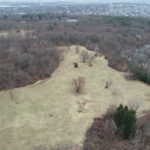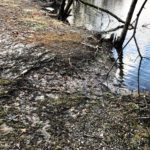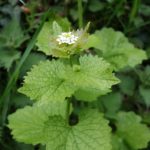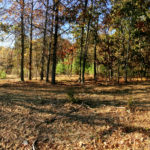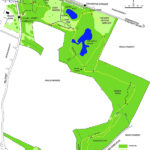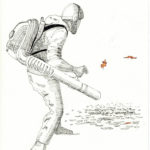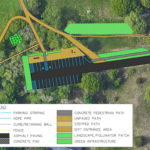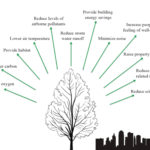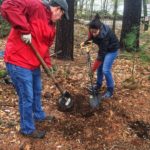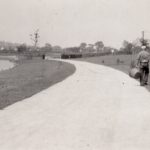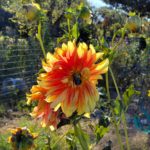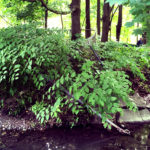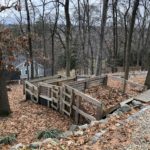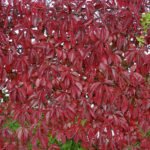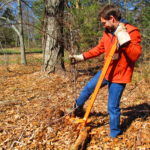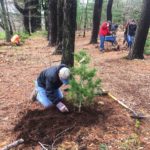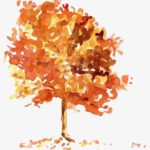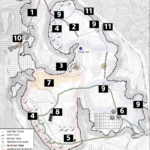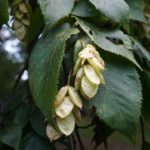
By Eric Olson It is vanishingly rare that a town within ten miles of Boston can, with a single purchase, add nearly 200 acres to its portfolio of open space. That is exactly what Waltham did in the fall of 2014 when its mayor and city council agreed to buy the former Fernald Development Center from the state. I bet most Belmont residents are at least passingly familiar with this property, tucked up in Waltham’s northeast corner between Trapelo and Waverley Oaks roads, less than a quarter-mile from the Belmont line. As a resident of Newton, I had never heard [READ MORE]


